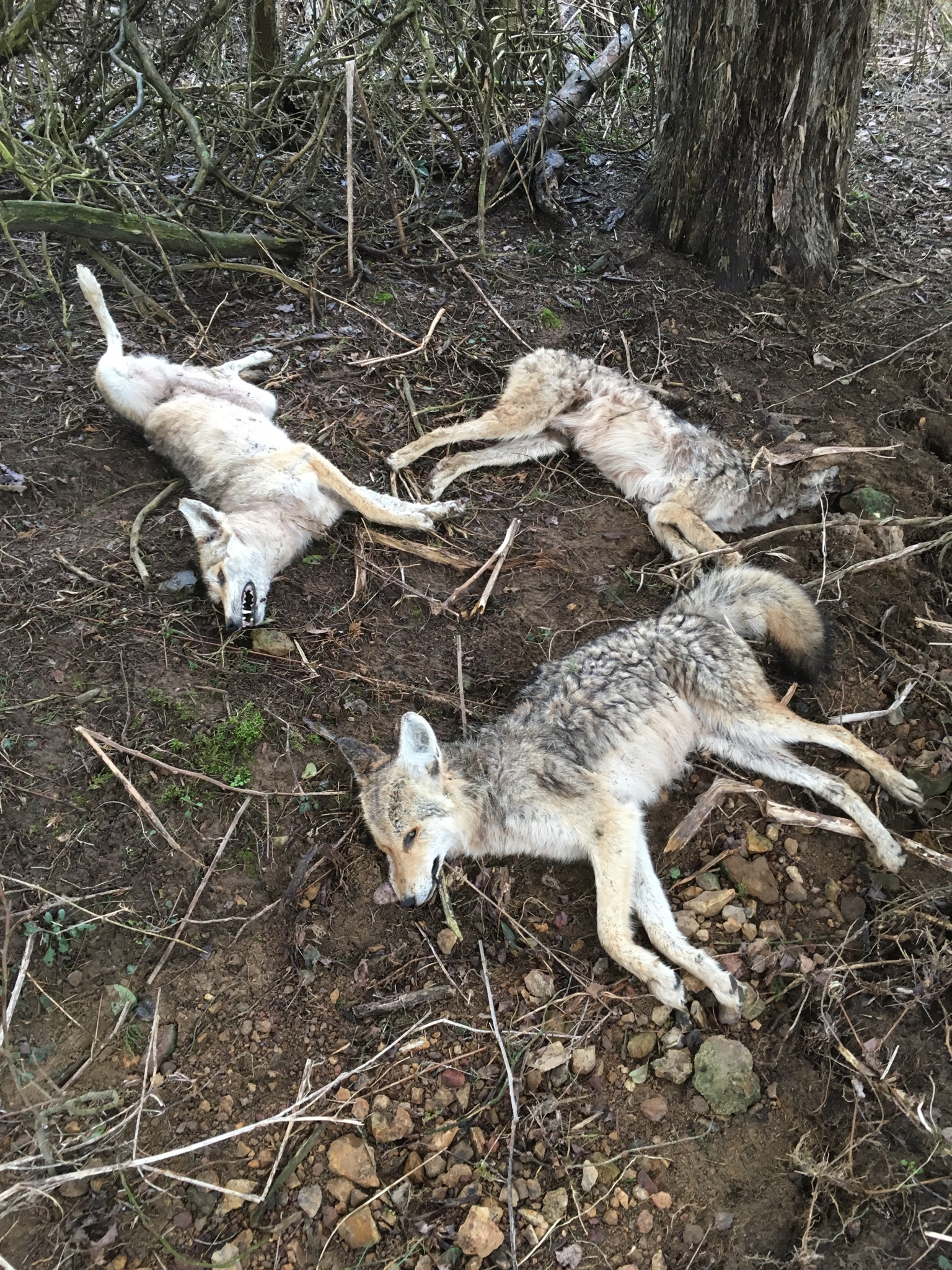sandbur
5 year old buck +
Turkeys have expanded into most areas of Minnesota where they never existed.
They may cause many problems in low acorn years. Poor forest regeneration? Not enough acorns for other species to eat? Competition with other game birds? One retired state forester has expressed the same concerns.
Sandbur,
You are a very intelligent man and but your love for pheasants clouds your mind on turkeys. You have stated in past posts on various forums that they are one of the reasons for your low pheasant numbers and you'd like to rid your farm/area of them.
Pheasants never existed in this country but turkeys have always been here. You are correct they have expanded their range as man has changed the habitat makeup. They can live in areas where pheasants don't do well without ag production and vast grasslands. Turkeys can also live there just fine as long as there are a few trees around for roosting. Habitat and predator control is key to pheasant numbers along with a climate that allows nesting success and winter survival, central MN and north is not going to be a pheasant mecca. Turkeys have a better chance at success there.
I wish you luck with your pheasant population but turkeys are not the cause of your lack of pheasant issues.
Stay healthy.
Willy
There was an article where some turkey bones were found in a 500 year old campfire in parts of Minnesota beyond their range of about 50 years ago. I suspect their have been cycles of turkeys range changing over time.
I somewhat complain about turkeys with tongue in cheek, but many dedicated whitetail hunters in this area do not like them. They seem to scare the deer when in thick cover.
Last fall I did see a doe and two fawns got fairly close to them, but stopped and backed off. With time, the deer May adapt to them.
You are correct, we are on the edge of the pheasant range. I only went hunting for them for an hour or so last fall.
Thank you for the kind words.
I do wish I could move the turkeys out of a roosting site that used to be my prime rut hunting area. They are a pain in the butt to me.
Sent from my iPhone using Tapatalk

